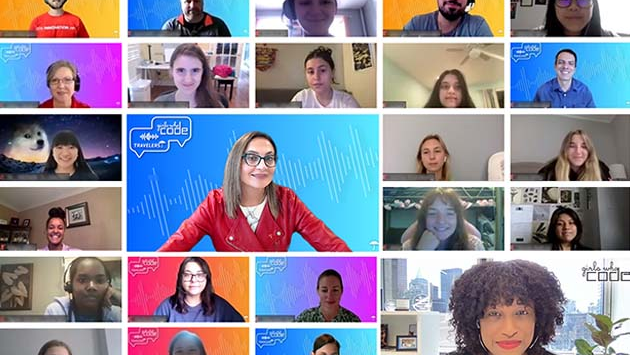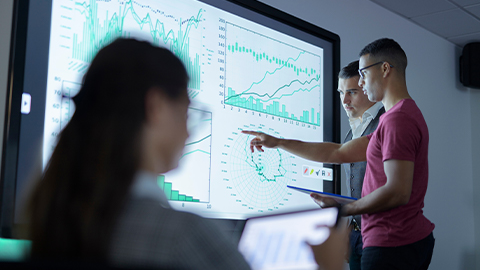Customer-Driven Tech Solutions: MyTravelers®

At Travelers, our technologists make it easy for customers to interact with us, wherever they are. At the dealership getting a new car? Replace the vehicle on your policy from your smartphone. Broken down on the highway? Use the app to get assistance. Refinancing your home? Just go online to update your mortgage information.
These are just some of the ways we use technology to help our customers during moments that matter. Our teams are driven by customer needs, not technical requirements. We test every step from concept to delivery with our customers to make sure our app and website experiences are useful and intuitive.
Delivering the digital experiences customers want
Our technology teams approach every new solution with the assumption that it can be digital – building it efficiently, with an eye toward future use cases. This puts our solutions in customers’ hands quickly and enhances the digital user experience.
We are also constantly seeking a better way. Our teams are driven by customer needs and feedback, which are gathered in many ways and analyzed continuously – not by technical requirements.
Digital capabilities for updating your policies
There is a growing list of capabilities available now on the MyTravelers® website or app. You can do things like:
- Add or update drivers on auto policies.
- Change address.
- Pay bills and set reminders.
- Enroll in autopay.
- File and track a claim.
- Upload documents.
- Chat with a Claim professional.
- Go paperless. For every personal account that switches to paperless, Travelers will fund the planting or conservation of a tree in partnership with American Forests.
Calling us or messaging, websites or apps – it’s up to you. Learn more about MyTravelers.
Have an idea for a new feature? Let us know, and we will work to make it happen.
More technology & analytics
A Data-Driven Company Powered by AI
Mojgan Lefebvre, Chief Technology and Operations Officer, on how Travelers uses deep learning, Al and design thinking to create best-in-class customer solutions.

Helping Future Women Technologists
Future women in tech get coding experience at Travelers through Girls Who Code.

Patents With a Purpose
Learn more about Travelers' employee driven patents such as HomeSafe, Cargo Theft App, Wildfire Defender and more.
